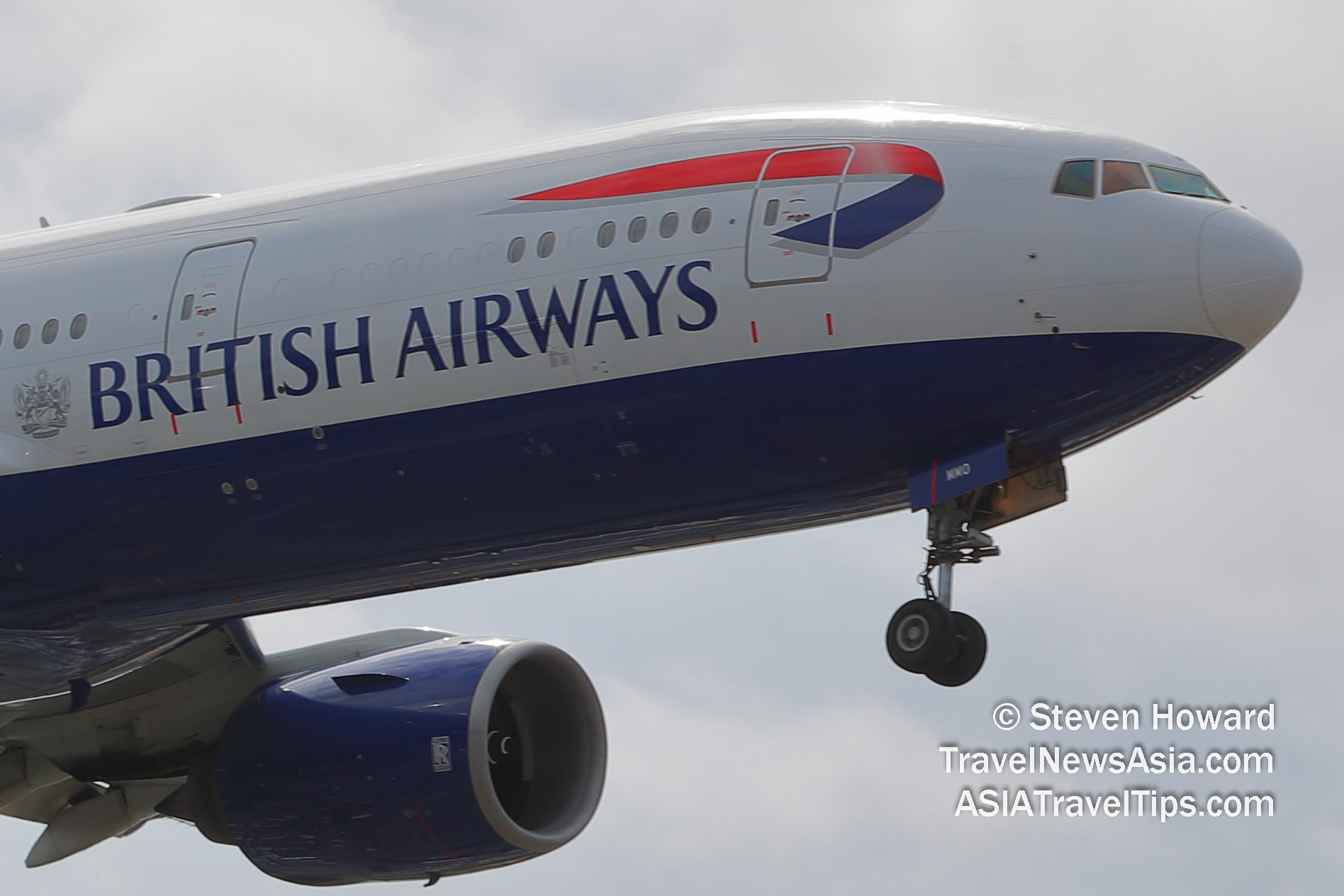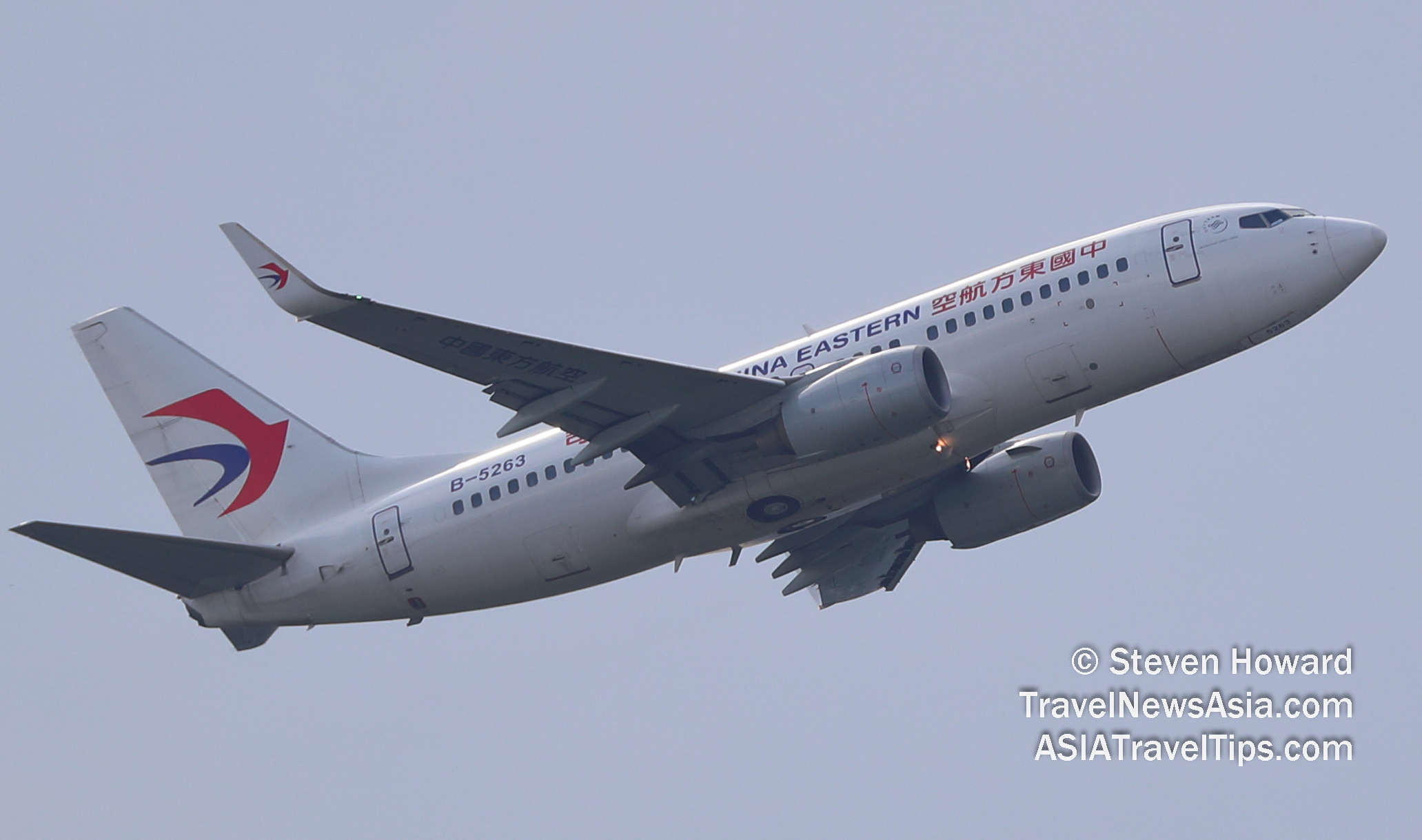|
IATA's global passenger traffic data for October
2019 shows that demand, measured in total revenue passenger
kilometers (RPKs), climbed 3.4% when compared to the same month in
2018.
This is a modest slowdown from the 3.9%
growth recorded in September 2019, owing to softer traffic performance
in domestic markets.
October capacity, measure in available seat kilometers
(ASKs), increased by 2.2% and load factor climbed 0.9 percentage
point to 82%, a record for October.
�Traffic growth continues to be depressed
compared to historical long-term growth levels, reflecting
continued moderating economic activity in some key markets and
sagging business confidence. However, the fact that traffic is
growing is a positive, and the industry continues to do an
excellent job of maximizing asset efficiency, as shown in the
record load factor,� said Alexandre de Juniac, IATA�s Director
General and CEO.

October international passenger demand rose 3.2%
compared to October 2018, unchanged from September�s
year-on-year performance. With the exception of Latin America,
all regions recorded increases, led by Middle East airlines for
the first time since June 2018. Capacity climbed 1.6%, and load
factor rose 1.3 percentage points to 81.0%.
Asia-Pacific airlines� October traffic increased
3.8% compared to the same month last year, a bit below the 4.0% annual
growth recorded in September and well down on 2018 growth largely
owing to weaker business confidence in a number of key markets,
the impact of the US-China trade war and the recent disruptions in
Hong Kong. Capacity rose 2.7% and load factor edged up 0.9
percentage point to 79.6%.
European carriers saw October demand climb 2.1%
year-to-year, down from 3.2% growth in September. On a
seasonally-adjusted basis traffic is showing a moderate upward
trend despite generally soft economic activity in some of the key
markets. Capacity rose 1.3%, and load factor climbed 0.7 percentage
point to 85.7%, which was the highest among regions.
Middle Eastern airlines posted a 5.9% traffic
increase in October, which was a sharp increase over the 1.8%
growth seen in September and throughout the year. Capacity
increased 0.3%, and load factor surged 3.9 percentage points to
73.5%.
North American carriers had the second highest
international demand in October, with traffic up 4.1% compared to
October a year ago and largely in-line with a 4.3% annual increase
in September. Growth is underpinned by a solid US economy and
robust consumer spending. Capacity rose 2.0%, and load factor grew
by 1.6 percentage points to 82.1%.
Latin American airlines experienced a 0.6%
demand drop in October compared to the same month last year. This
was the weakest performance in nine years and compared to a 0.9%
positive growth in September. Deteriorating economic conditions
and rising social and political unrest in some of the region�s key
economics likely contributed to the results. Capacity fell 2.3%
and load factor rose 1.4 percentage points to 81.4%.
African airlines� traffic climbed 1.8% in
October, the same as in September. Economic slowdown in South
Africa may have weighed on the recent moderation in demand growth.
Capacity rose 3.6%, however, and load factor dipped 1.3 percentage
points to 69.0%.
Domestic Passenger Markets
Demand for domestic travel climbed 3.6% in
October compared to October 2018, down from 5.1% annual growth
recorded in September owing to softer performance in the US and
China, the largest domestic markets. Capacity rose 3.4% and load
factor increased 0.2 percentage point to 83.9%.

Chinese airlines� domestic traffic rose 5.3% in
October, well down on 8.0% growth recorded in September and the
third consecutive month of slowing growth. Modest easing in
consumer spending combined with tougher year-ago comparisons
contributed to the result.
Indian airlines saw their domestic traffic rise
3.6%, up from 1.9% in September, supported by the start of the
main tourist season. Growth remains well below 2018 levels,
however, reflecting the general economic slowdown and the impact
of the collapse of Jet Airways.
�The airline industry has faced strong headwinds
in 2019 but continues to enable the global connectivity that
supports world trade and greater understanding among peoples and
cultures, things we can definitely use more of, particularly in
this time of trade wars and geopolitical tension. Next week, IATA
will hold our annual Global Media Days, bringing together
journalists and bloggers from around the world. We will present
our updated economic forecast, and an in-depth look at our
environmental activities among other subjects. I look forward to
this opportunity to discuss and debate the key issues and
initiatives facing commercial aviation with our colleagues in the
media," said de Juniac.
|
Headlines: |
|
See latest
Travel News,
Interviews,
Podcasts
and other
news regarding:
IATA,
Traffic,
RPKs,
ASKs.
|
